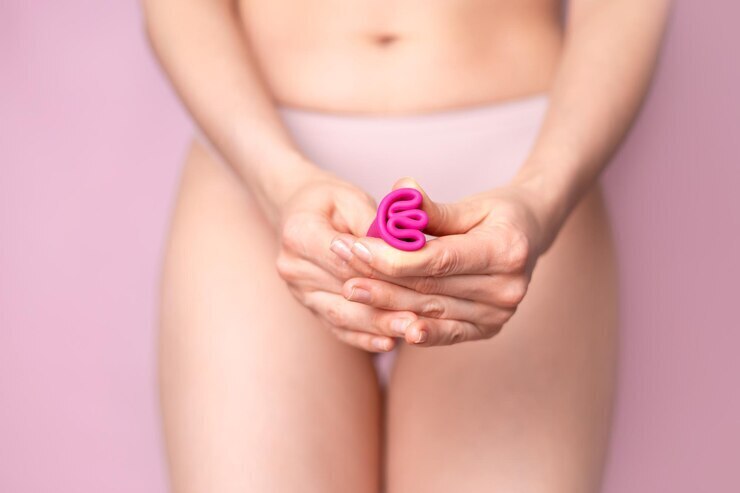Looking for ways to bid farewell to the persistent pain of piriformis syndrome and sciatica pain in buttocks? You're in the right place! In this article, we'll explore a comprehensive approach to ensure that this discomfort becomes a thing of the past. So, let's dive in!
Why Does Piriformis Syndrome Last?
Do you know that feeling? Despite your best efforts, piriformis syndrome won't go away, leaving you with the persistent and vexing pain.

Have you tried various methods, from physical therapy to massages, heat or ice therapy, stretching, injections, and medication, only to find that the pain lingers? Maybe you've even contemplated surgery to remove the piriformis muscles. So why does this happen?
Where is the Piriformis Muscle Located?
Before we delve into new solutions, let's reacquaint ourselves with the piriformis muscle. Situated in the middle of the buttock cheek, it connects with the muscles of the lower back muscles, hip flexors, and hamstrings.
If in the past you only focused on loosen the tight piriformis without caring the surrounding muscles, your piriformis will remain pulled or inflamed no matter what you do. Other muscles will pull and strain the piriformis, reinforcing its poor condition.
That's also why many people till experience piriformis pain even after stretching or massaging the muscle themselves.
The truth is, we need to take a more comprehensive approach to care pain in the butt cheek, even shooting down leg.
But don't worry, we have a plan!
A Comprehensive Solution
We propose a multi-phase treatment plan to conquer piriformis syndrome:
Short-Term Plan: Immediate Relief
- Professional Healing: Consider pain medication or muscle relaxer for piriformis syndrome, prescribed by a healthcare practitioner to ensure restful sleep when the pain affects your daily life.
- Home Remedies: In addition to medication, you can also use heat and ice therapy to alleviate butt pain. Before using heat or ice therapy, it is important to determine their appropriate applications.
Ice Therapy: Apply ice immediately to the buttock area after extensive use of the piriformis muscles.
Heat Pad: Apply heat therapy regularly or before going to bed to improve blood circulation and promote muscle elasticity
Mid-Term Plan: Stretching and Strengthening
- Professional Healing: During a physical therapy session, therapists usually start by having you lie face down on a treatment bed and work on relaxing your back and buttocks. One technique they may use is placing their hands on your upper back and buttocks, gently rocking your body to promote relaxation. They then proceed with specific adjustments as needed. Towards the end of the massaging, they might have you lie on your back and perform limb movements to aid in stretching.
While professional healing is valuable, you can also perform self-massage at home as a supplemental therapy in your daily routine. Please note that this is not meant to replace professional healing but rather to complement it.
- Home Remedies: When it comes to self-massage, you might think of massage chairs and massage guns. If you've tried these tools, you might have experienced some muscle soreness during their use, but no more.
But for focused relief on the piriformis, a professional massage tool like Acu-hump can work wonders. This uniquely designed tool combines the principles of acupressure massage and stretching.
You can save the Acu-hump Piriformis Stretches PDF to your phone and follow the this routine 1-2 times daily to alleviate immediate discomfort and restore flexibility to your entire lower body.

The routine consists of 6 movements and takes just 10 minutes to complete. It starts by stretching tight lower back muscles, then continues with stretching pulled muscle in hip and buttock, and concludes with soothing stretches for the hamstrings and legs.
By incorporating these specific stretches, you can improve flexibility, reduce discomfort, and enhance overall mobility. Start your recovery journey today!
The self-care routine with the Acu-hump takes into account muscle balance and compensatory issues. Through targeted stretching exercises for the piriformis and its surrounding areas, combined with the deep pressure provided by the Acu-hump, you can break free from the constraints of pain and tightness. (There is no one-size-fits-all approach.)
Long-Term Plan: Habit Changes
In addition to active treatment, it is crucial to evaluate habits that contribute to piriformis pain. Consider the following culprits:
- Prolonged sitting
- Lack of physical activity
- Improper lifting techniques leading to piriformis damage
- Inadequate warm-up or stretching before exercising
- Overexertion or repetitive activities such as running uphill, stair climbing, or cycling
Identify and modify habits accordingly. If you're experiencing pain in the buttocks when sitting for long periods, it's crucial to address the issue by incorporating regular breaks and movement throughout the day. If caused by trail running or cycling, limit uphill training. Inadequate strengthen exercise specifically targeting buttock muscles should be increased.
Take Action!
Now that you're armed with a comprehensive self-care plan, it's time to put it into action. Make it a part of your daily routine, devoting a few minutes each day to release tension and tightness in the piriformis and related muscles.
Remember, conquering piriformis syndrome takes time and consistency. Be patient and kind to yourself - you've got this!
As we conclude, remember that resolving piriformis syndrome requires effort and dedication. Incorporating targeted stretching exercises into your daily life can be miraculous in providing relief and regaining control over your body. So, embrace the power of stretching and bid farewell to that bothersome piriformis pain.
[Additional Note: Before embarking on any new exercise or stretching routines, be sure to consult with a healthcare professional.]

लेखक



